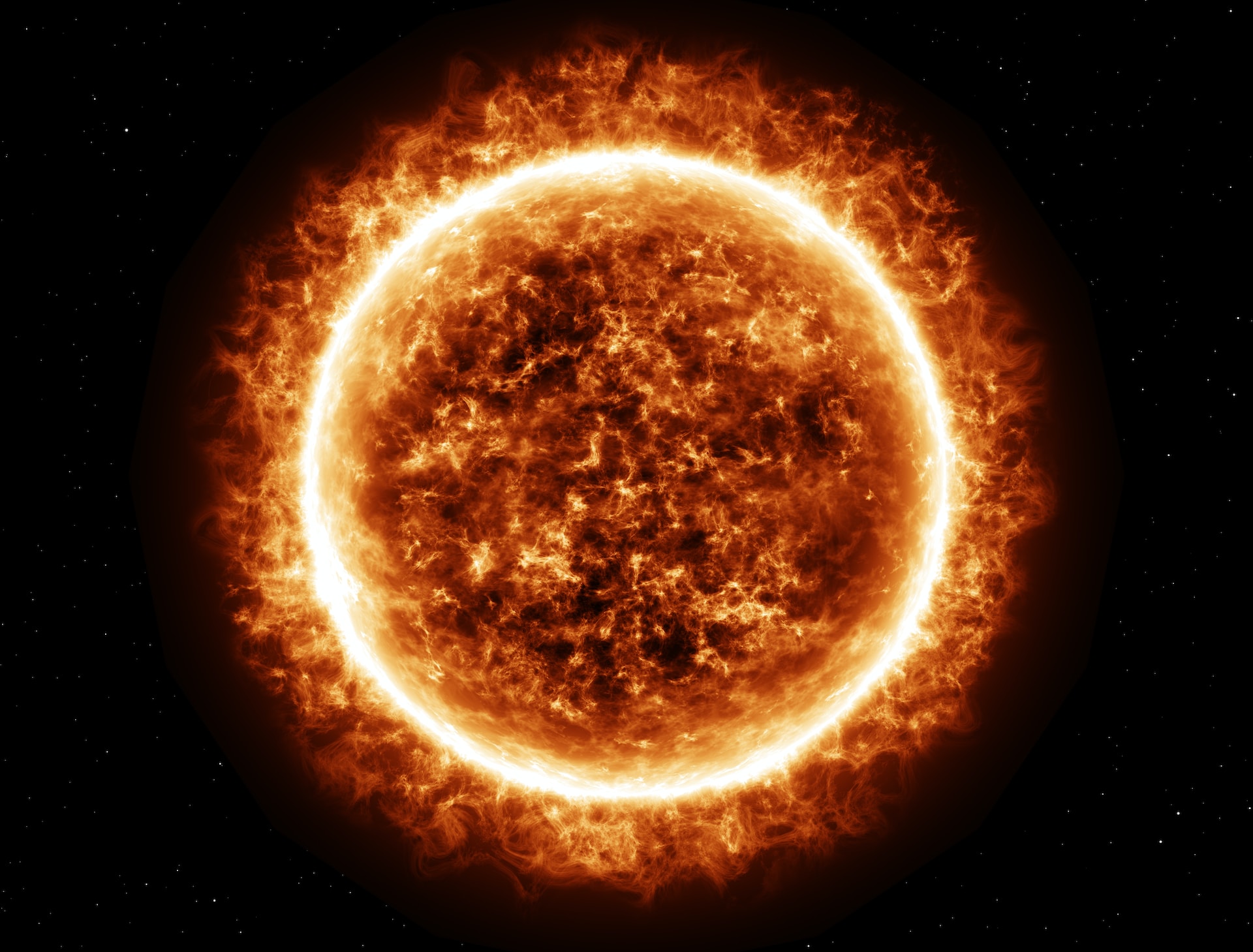Life on Earth may be due not only to water, but also to the colossal superflares that arose during the hyperactivity of the Sun at the beginning of the formation of the Solar System. This discovery was revealed during the last study.

The superflares probably shot charged particles into the Earth’s original atmosphere, which led to the formation of significant amounts of amino acids and carboxylic acids, known as the “building blocks” for proteins, and therefore for life. In a new study, a team of scientists using a particle accelerator found that cosmic rays probably created the conditions necessary for the development of life.
“Most researchers ignore galactic cosmic rays because they require specialized equipment such as particle accelerators. We were lucky enough to get access to an accelerator to test our hypothesis,” commented Kensei Kobayashi, professor of chemistry at Yokohama National University in Japan and lead author of the study.
The largest coronal mass ejection (CME) recorded in the history of mankind was the Carrington event of 1859, which released the same amount of energy as 10 billion one-megaton atomic bombs. But this flare is nothing compared to the superflares that occurred more than 4 billion years ago – they were thousands of times more powerful and intense.
Today it is believed that superflares occur only once every 100 years. However, in 2016, a study shows that during the first 100 million years of the Earth’s existence, superflares were much more frequent and occurred every three to ten days.
Lightning or superflares
To simulate the role of superflares in the evolution of our atmosphere, scientists combined carbon dioxide, molecular nitrogen, water and different amounts of methane in a mixture of gases that were probably present in the early atmosphere of the Earth. Then they bombarded the mixture with protons from a small particle accelerator. At the same time, they shot another set of the same mixtures with simulated lightning to test the theory that lightning could also cause the necessary chemical reactions.
They found that both experiments triggered the formation of amino acids and carboxylic acids, which were important building blocks for proteins. However, the proton mixture required only 0.5% methane concentration, whereas lightning discharges required 15% methane to create these building blocks at levels that could be detected.
The question remains open for now, what exactly served to give birth to the building blocks of life: lightning, solar superflares, or both of them at the same time.
Earlier we reported on how a deadly superflare was spotted on a distant star.
Follow us on Twitter to get the most interesting space news in time
https://twitter.com/ust_magazine

